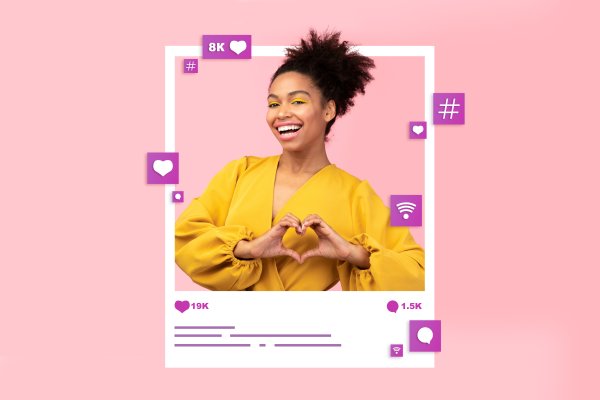
How to increase footfall with geo-targeted digital display
30 September 2021
Our recent media planning and buying campaigns for the Hampshire Cultural Trust’s Raymond Briggs Retrospective in Winchester and Milestones Museum in Basingstoke increased the museum’s web traffic by 72%, grew new users by 69% and reduced the website bounce rate by 11%.
We did this by running geo-targeted campaigns that encouraged the right people to visit the specific relevant websites run by the Trust.
Use the seven success points below to improve your geo-targeted media planning and buying and integrate your paid media strategy into your PR campaign where possible. (Watch our webinar on how to run an integrated campaign on a budget for advice).
- Know your pulling power: What does your own data tell you about how far visitors are coming from? Could your current exhibition or event attract people from further away? Once agreed, geo-fence the targeted area. No one outside of this zone will be targeted by your advertising.
- Review your audience demographic: Who are your growth audience? What does your data tell you about your core audience and the audience you could grow through the campaign? We always encourage destinations to include their growth audience(s) into the campaign so they can incrementally grow these audiences over time as well as overall footfall and spend.
- Set stretch goals: Use your existing audience, marketing and digital engagement data to understand your baselines and then set stretch goals for the campaign. For example, if it’s new audiences, what percentage uplift are you seeking and from which type of person. The more ambitious and detailed the goals, the more effective the campaign will be overall.
- Improve your asset bank: Geo-fenced media is most effective when using images that work for this type of advertising. We can advise on what works best.
- Set optimum time limits: Geo-fenced display works best when it runs for over one month (three months is optimum); but a month will provide clear and measurable impact and useful data to improve future marketing activity.
Then:
- Spend sensibly: ‘Big’ budget is not always best. If spend is tightly focused towards clear audience goals then your ROI will be enhanced.
- Test and adjust: Each campaign should have a dashboard of metrics you monitor to see if the campaign is working well. For example. if your web traffic is going up, then your bounce rate should be going down – this will tell you that your campaign is targeting the right people, in the right way, providing good ROI.
These seven success points are part of the planning process we go through with clients to develop smart, imaginative campaigns to measurable business benefit. Once activity has begun, we monitor and optimise daily, making improvements to ensure optimum campaign performance.
We can help you improve your paid media to deliver you better results. Contact our Media Director, Rupert Bean (Rupert.bean@kallaway.com) for more information.






